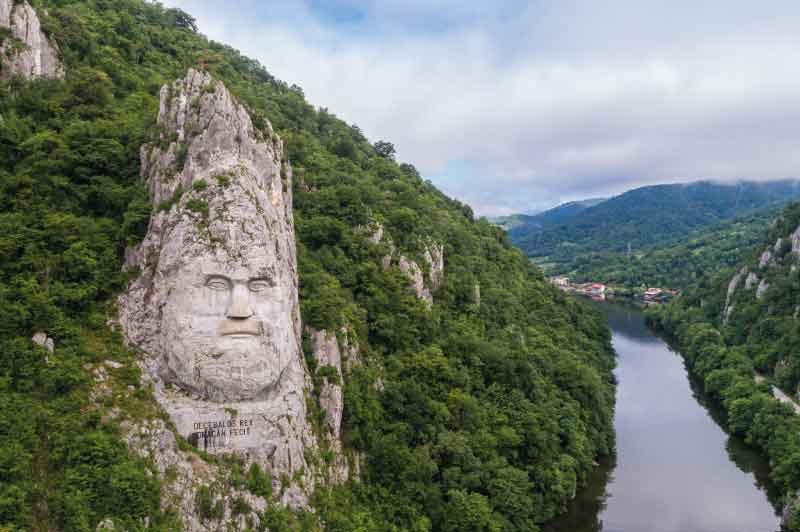
The history of Romania is a rich and complex tapestry that spans from ancient times through the modern era. It’s a story marked by periods of independence and domination, cultural flourishing and challenging adversities. Here’s a broad overview.
Ancient history of Romania
Dacians and Getae: The ancestors of the Romanian people, the Dacians (known also as Getae in Greek writings), inhabited the regions of modern-day Romania. They were known for their mining, agriculture, and craftsmanship.
The history of Romania and the Dacians, one of the ancient peoples of Southeastern Europe, is fascinating and complex, marked by their rich culture, strategic military tactics, and eventual conflict with the Roman Empire.
The Dacians were part of the Thracian family of tribes and spoke a language belonging to the Indo-European family, with significant similarities to Illyrian, Thracian, and ancient Latin.
They inhabited the territory of modern-day Romania and Moldova, as well as parts of Bulgaria, Serbia, Hungary, and Ukraine. The Carpathian Mountains provided a natural fortress for their settlements.
Dacian society was organized into tribal confederations, led by a king or a chief. Their economy was based on agriculture, animal husbandry, metallurgy (notably gold and iron), and trade. The Dacians were renowned for their skills in metalwork, which included weapons and jewelry.
Dacian religion was polytheistic, with a pantheon of gods, including Zalmoxis, considered their chief deity who was associated with the sky, life, and immortality. They believed in the immortality of the soul and had significant funerary rituals.The Dacians are famously associated with the Dacian Draco, a standard in the form of a dragon with a wolf-like head, used both as a battle standard and a symbol of power and authority.
The dacian Draco is nowadays often used and represented during historical fairs and among artists.
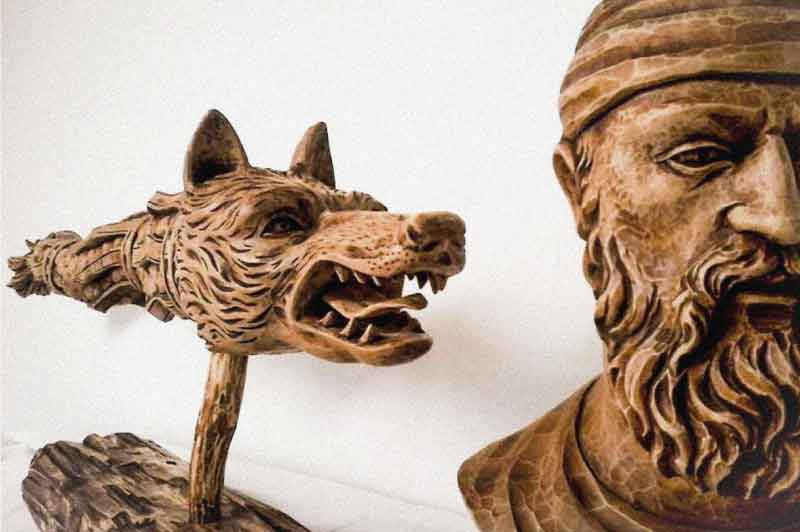
Picture credits and sculpture by Milasan Emil https://www.facebook.com/profile.php?id=100063860554173
The Dacians built extensive fortifications, especially in the Orăștie Mountains, where they constructed a network of fortified cities and sanctuaries. Their military tactics included guerrilla warfare, making full use of their knowledge of the local terrain. The history of Romania is deeply linked with the history of Dacian people.
Wars with Rome: The most notable episodes in Dacian history are their conflicts with the Roman Empire. The First Dacian War (101–102 AD) ended with a Roman victory, but Dacia remained semi-independent. The Second Dacian War (105–106 AD) resulted in a decisive Roman victory, leading to the annexation of Dacia by Emperor Trajan. These wars are vividly depicted on Trajan’s Column in Rome.
Roman Conquest (106 AD): Dacia, the region inhabited by the Dacians, was conquered by the Roman Empire under Emperor Trajan after two brutal wars (101-102 and 105-106 AD). This led to the Romanization of the population and the Latin basis for the Romanian language.
Middle ages saw the formation of Romanian Principalities: After the fall of the Roman Empire, the territories of modern-day Romania saw the formation of distinct principalities: Wallachia (1310), Moldavia (around 1352), and Transylvania (which was under Hungarian and then Ottoman influence). Throughout the Middle Ages, these principalities fought for and often lost their autonomy to the Ottoman Empire, the Hungarian Kingdom, and the Habsburg Empire.
Modern era under Ottoman empire
Revolution of 1848: Part of the broader wave of European revolutions, the Romanian territories saw uprisings that aimed for independence from foreign rule and social reform.
The Ottoman Empire’s influence the history of Romania spanned several centuries, profoundly shaping the political, social, and cultural landscape of the region. This influence was most strongly felt in the principalities of Wallachia and Moldavia, which were vassal states to the Ottomans for much of the period from the late 14th century until the 19th century. Here’s a closer look at the key aspects of Ottoman influence on Romania.
Political and Administrative Impact
- Vassalage and Autonomy: Wallachia and Moldavia maintained a degree of autonomy within the Ottoman Empire, governing themselves while paying tribute to the Sultan. The Ottoman Empire exerted its influence through the appointment of Phanariots—Greek administrators from the Phanar district of Constantinople—as rulers of these principalities in the 18th and early 19th centuries.
- Phanariot Rule: The Phanariots introduced administrative reforms, modernized the state apparatus, and imposed heavy taxes to meet the tribute requirements set by the Ottoman Empire. While they contributed to the administrative and cultural development, their rule was also marked by corruption and exploitation.
Economic Influence
- Trade and Commerce: The Ottoman period saw the development of trade routes through Wallachia and Moldavia, facilitating commerce between the Ottoman Empire, Central Europe, and beyond. However, the economic benefits were often skewed towards the Ottoman center, and the tribute system placed a significant burden on the local economies.
Cultural and Religious Impact
- Religious Tolerance and Orthodoxy: The Ottoman Empire allowed the Romanian principalities to retain their Christian Orthodox faith, which played a crucial role in preserving the Romanian cultural and religious identity. The Church also became a significant landowner and political actor during this period.
- Cultural Exchanges: There were considerable cultural exchanges between the Romanians and the Ottomans, including in architecture, cuisine, and language. Ottoman architectural influences can be seen in several religious and secular buildings, while culinary and linguistic influences are still evident in Romanian culture today.
Independence (1877-1878): Romania gained independence from the Ottoman Empire after the Russo-Turkish War, with the Treaty of Berlin recognizing its sovereignty.
World wars and Comunist era
World wars are obviously a big chapter in the history of Romania.
World War I and Greater Romania: Romania entered WWI on the side of the Allies with the promise of territorial gains. The post-war treaties recognized the unification of Romania with Transylvania, Bessarabia, and Bukovina, significantly enlarging its territory.
World War II: Romania initially aligned with the Axis powers but switched sides in 1944, contributing to the defeat of Nazi Germany. The war’s end, however, saw the Soviet Union’s occupation and forced cession of territories.
This led the history of Romania to be marked by a period of Communism.
Communist Rule (1947–1989): Romania was declared a People’s Republic under communist rule, leading to decades of repressive regimes, most notably under Nicolae Ceaușescu. It was a period marked by political repression, economic hardships, and social unrest. learn more in our dedicated article.
Revolution of 1989: A violent uprising led to the fall of Ceaușescu and the end of communist rule. Romania began transitioning towards democracy and a market economy.
The history of Romania Nowadays
Romania joined the European Union in 2007, marking a significant milestone in its post-communist recovery and integration into European structures.
Nowadays Romania, like many countries, faces a range of contemporary challenges. These challenges span economic, social, political, and environmental domains, reflecting both domestic issues and broader global trends. Here’s an overview of some of the key challenges Romania is grappling with:
Economic Challenges
- Economic Growth and Development: While Romania has experienced significant economic growth since joining the European Union in 2007, disparities in wealth and development persist, particularly between urban and rural areas. Infrastructure development, particularly in transportation and healthcare, remains a pressing need.
- Labor Market Issues: Romania faces a brain drain, with a significant portion of its skilled workforce emigrating in search of better opportunities abroad. This outmigration contributes to labor shortages and could hinder long-term economic growth.
Social Challenges
- Education and Health Systems: Romania’s education and healthcare systems face issues related to funding, access, and quality. These challenges are more pronounced in rural areas, where resources are scarcer, and population decline due to migration is more acute.
- Social Inequality: There are significant social and economic inequalities, often along urban-rural lines, but also affecting vulnerable groups such as the Roma community. Addressing these inequalities is crucial for social cohesion and sustainable development.
Political Challenges
As a member of the EU, Romania must navigate complex relationships with other member states and adhere to EU standards and regulations. Issues such as judicial reform and anti-corruption measures are areas of focus in Romania’s EU integration process.
Environmental Challenges
- Environmental Protection and Climate Change: Romania faces environmental challenges, including deforestation, pollution, and the impacts of climate change. Efforts to protect natural habitats, reduce carbon emissions, and transition to renewable energy sources are ongoing but require significant investment and policy support.
- Agriculture and Rural Development: With a significant portion of the population living in rural areas, sustainable agriculture and rural development are key to addressing environmental concerns and ensuring food security.
Security and Regional Stability
- Regional Security: Given its geographic location, Romania must navigate complex regional security dynamics, particularly concerning its relationship with NATO and neighboring countries, including Ukraine and the Republic of Moldova.
- Cybersecurity: As digitalization increases, so do the challenges related to cybersecurity. Ensuring the security of critical infrastructure and personal data is an ongoing concern.
Romania’s contemporary challenges are interlinked, requiring holistic and strategic approaches that balance immediate needs with long-term sustainable development goals. Addressing these challenges effectively will be crucial for Romania’s continued growth, stability, and integration into broader European and global frameworks.
We hope this summary of the history of Romania helped you in your research and understanding of this beautifull country.
Please notice that we offer tours all around Romania.
Discover hiking in Romania and come with us in the Bucegi Mountains ! Click here.
seo article offered by passionseo.fr


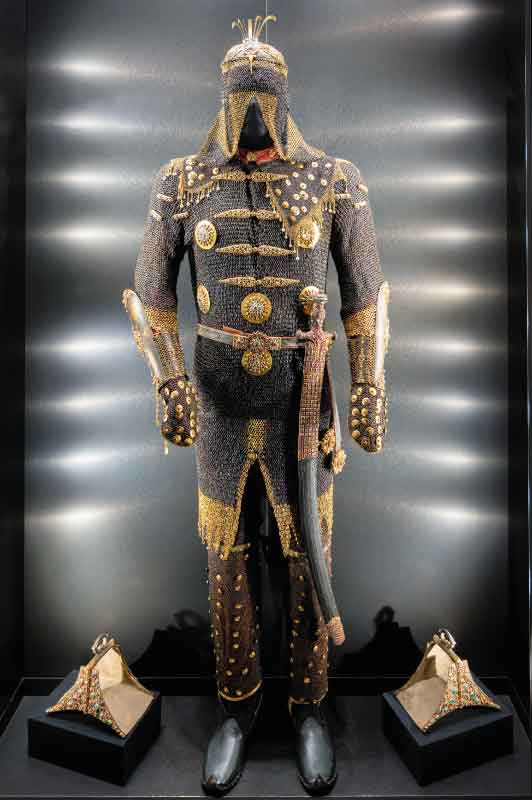
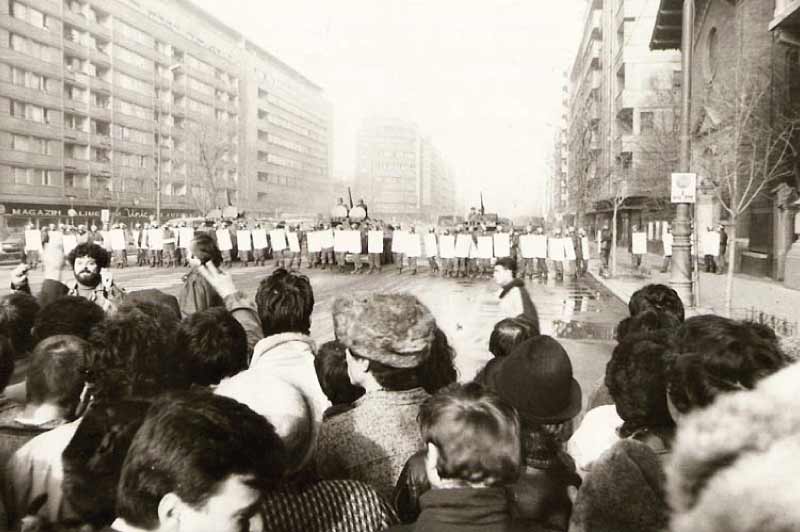
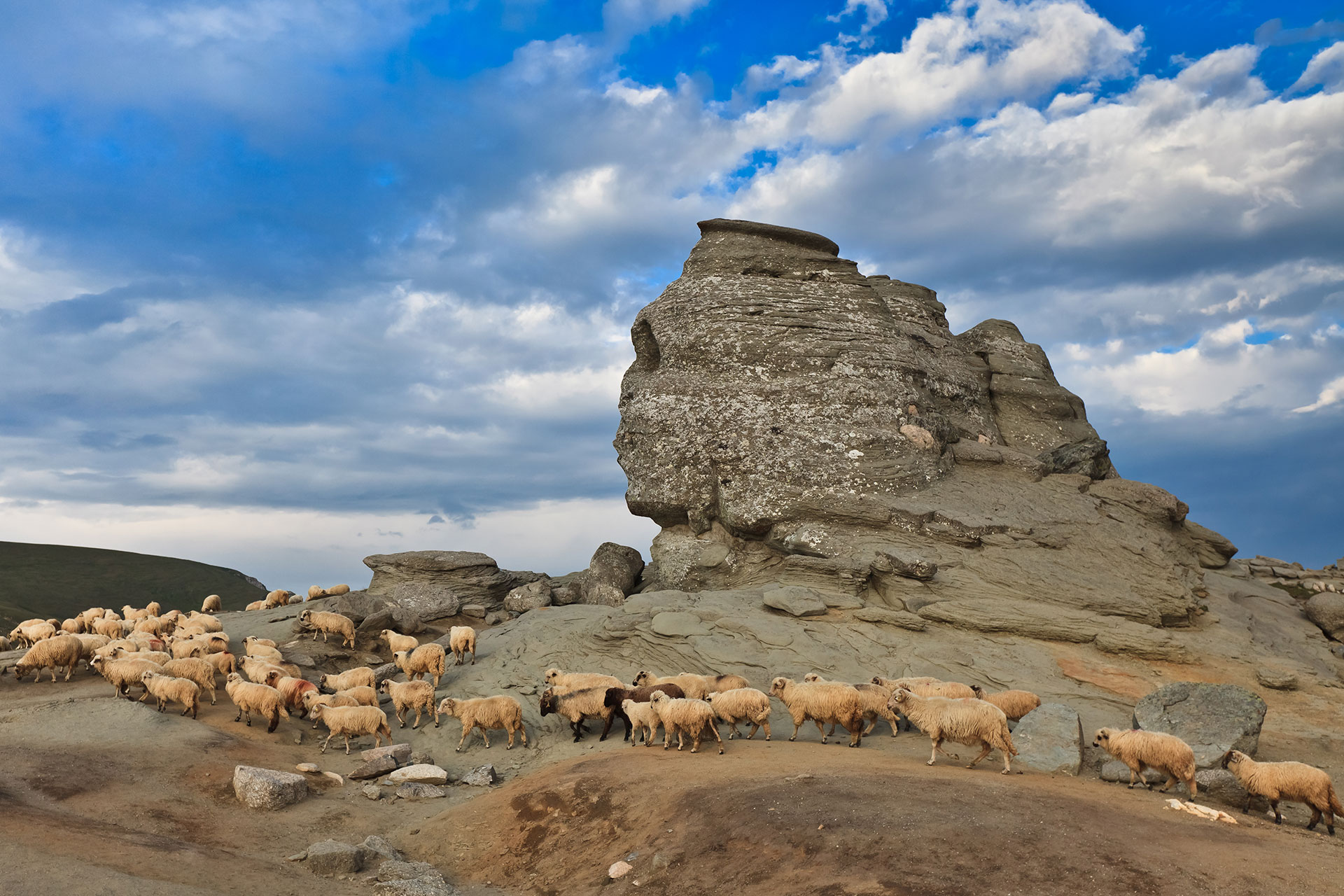
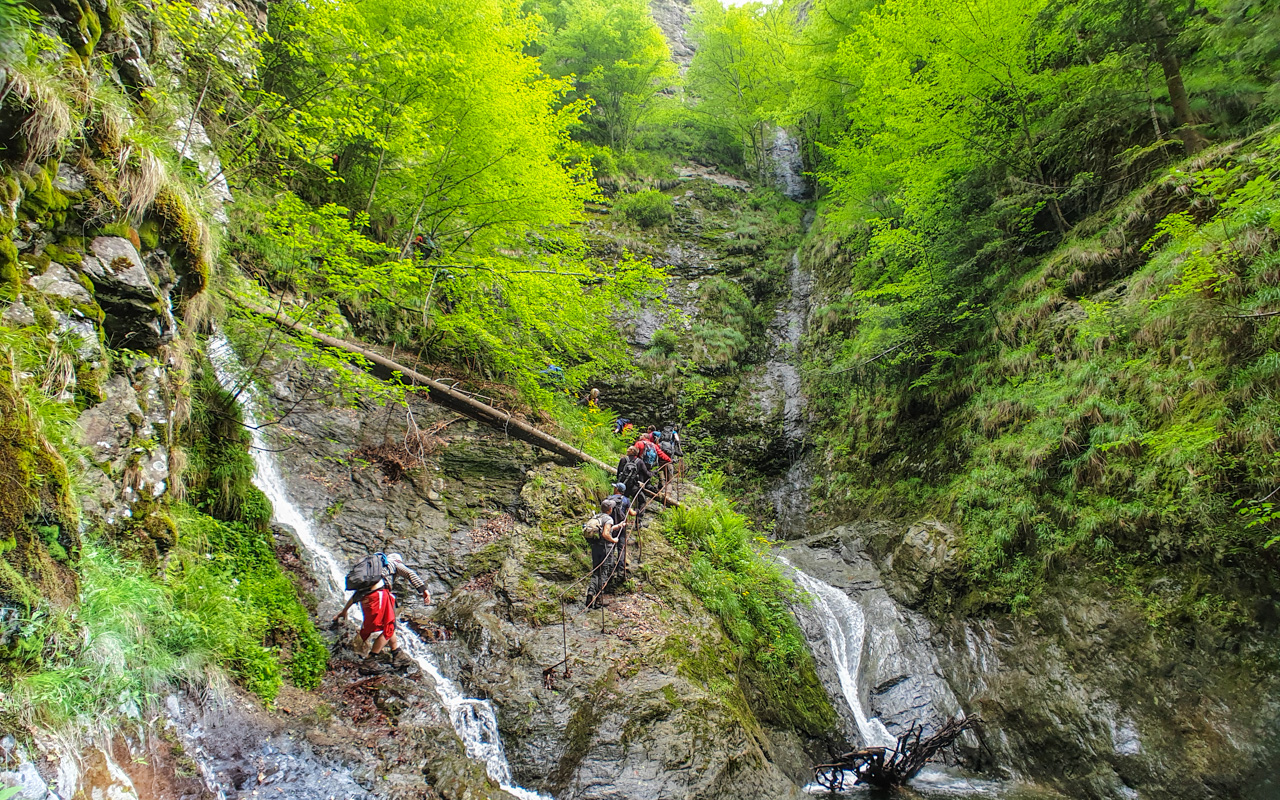
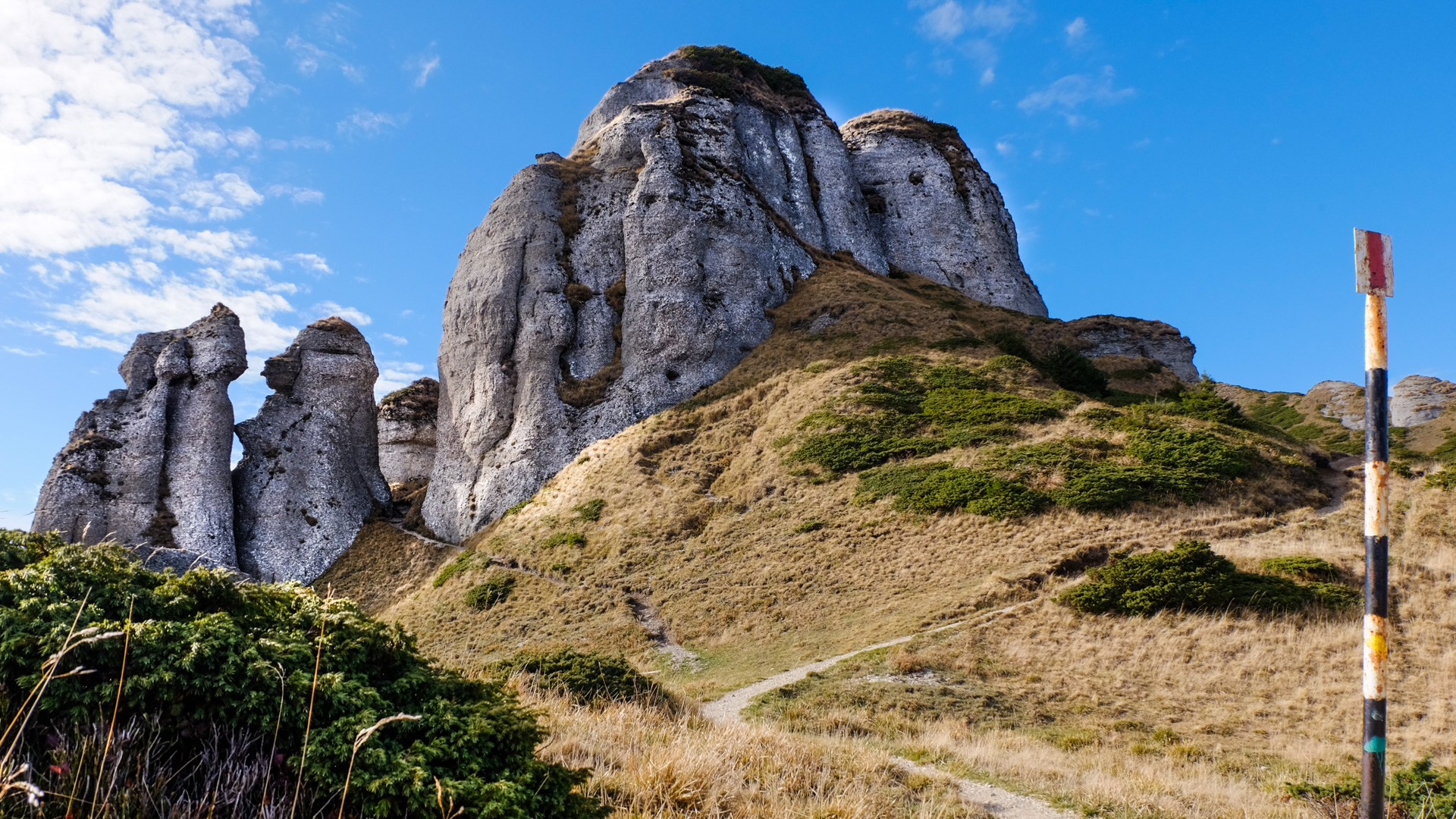











Leave a Reply